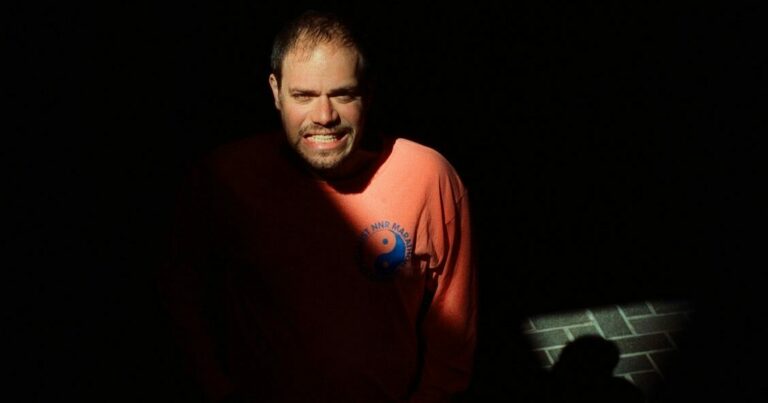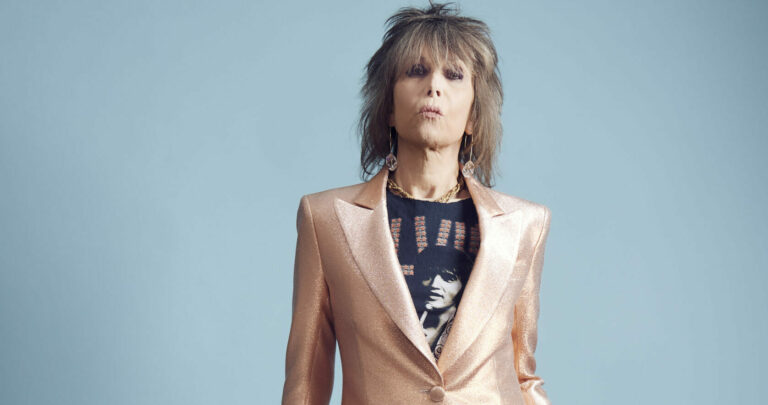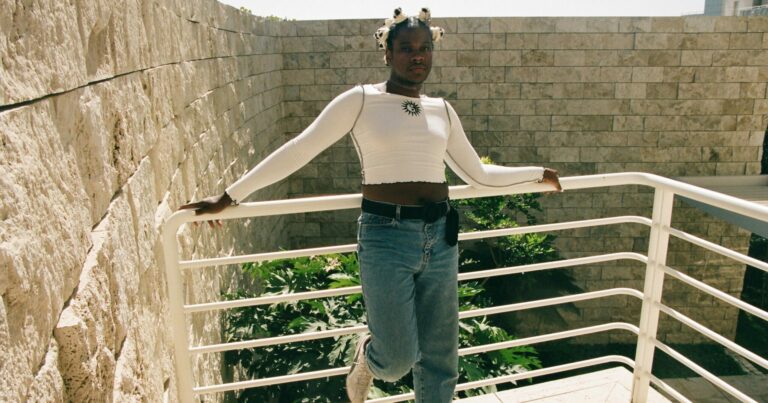Fashion is a constantly shifting landscape, an echo of our changing world and society. Yet, amid this lively dance of styles one garment remains steadfast, maintaining its timeless elegance while gently evolving: the venerable tailcoat. Like fashion watches, These pieces bring a dash of sophistication and regality that can elevate anyone to the epitome of grace and style. With an array of different styles, each with its unique flavor and function, the tailcoat offers versatility in spades. So let’s take a closer look at some of these standout tailcoat styles and how they fit into formal fashion.
The Morning Coat
First up, meet the Morning Coat, your go-to for day-time formal events, be it weddings, fancy luncheons, or even horse races. Also known as the “cutaway,” its signature cut with a front that elegantly curves from the waist and concludes to a single point at the back sets it apart. Usually, you’ll find it paired with striped trousers, a waistcoat, and a tie or cravat, giving off a distinct vintage charm. Crafted typically from thicker fabrics like wool, it’s a great pick for those chilly days or outdoor events.
The Dress Coat
Now, if you’re aiming for the peak of formal evening wear, let me introduce you to the Dress Coat, or the “white tie.” Dress Coats have a shorter front with a crisp waistline, and the tails cascade straight down at the back. It’s generally crafted from a more refined, lightweight material such as barathea or grosgrain. The traditional ensemble includes a white pique waistcoat, a shirt with a wing collar, and a white bow tie. The Dress Coat is your passport to unmatched sophistication.
The Tuxedo Coat
The Tuxedo Coat, the “black tie,” offers a bridge between formal and semi-formal evening wear. A late 19th-century invention, the Tuxedo Coat comes in lighter materials like wool or wool blends, and it’s available in a plethora of colors, although black and navy blue continue to be crowd favorites. To complete the Tuxedo Coat ensemble, you’ll need a cummerbund or waistcoat, a pleated shirt, and a black bow tie.
Fashion trends might be as fleeting as a shooting star, but the tailcoat, in all its glory, stays as a beacon of elegance and finesse. Regardless of the occasion, picking the perfect style can significantly enhance your appearance, making you stand out in the crowd. Despite their classic essence, tailcoats are not averse to personal touches. By pairing them with accessories such as pocket squares, boutonnieres, or cufflinks, you can customize them to reflect your unique style.
The Frock Coat
An often overlooked yet unique style of tailcoat is the Frock Coat. Historically worn during the Victorian and Edwardian periods, the Frock Coat features a rounded, double-breasted front and falls to the knee, with no tail. This coat became a symbol of status, distinguishing the upper class from the rest. Today, it has regained popularity for its vintage appeal and is perfect for period-themed events. Although not as common as the other styles, the Frock Coat definitely has its place in formal fashion.
The Spencer Jacket
The Spencer Jacket is an abbreviated tailcoat that emerged during the Regency period. It’s a short jacket that ends above the waist in the front but extends into tails at the back. This style was designed for horse riding, hence the shortened front. The Spencer Jacket is a great option for outdoor formal events and is well-suited to be paired with high-waisted trousers and a cravat.
The Tailcoat in Modern Times
In contemporary fashion, the tailcoat still holds a prestigious place. Designers constantly find innovative ways to keep this classic piece relevant, incorporating modern cuts and fabrics while preserving the tailcoat’s traditional essence. From the red carpet to royal events, tailcoats continue to make a statement, embodying timeless elegance.
Conclusion
Choosing the right tailcoat is about more than just selecting a piece of clothing. It is a decision that reflects an understanding of tradition, style, and personal identity. Each style of tailcoat tells a different story and creates a unique impression, allowing the wearer to portray themselves in a sophisticated and tasteful manner. While trends in fashion will come and go, the allure of the tailcoat remains steadfast, a testament to its timeless charm and elegance. No matter the occasion, wearing a tailcoat is a powerful way to make a statement and leave a lasting impression.
In conclusion, whether it’s the morning coat, the dress coat, the tuxedo, the frock coat, or the Spencer jacket, there’s a tailcoat for every event and individual. Armed with the knowledge of different tailcoat styles and the expertise of professionals from Debonair Formalwear, you are now well-equipped to venture into the world of formal attire with confidence and panache.











